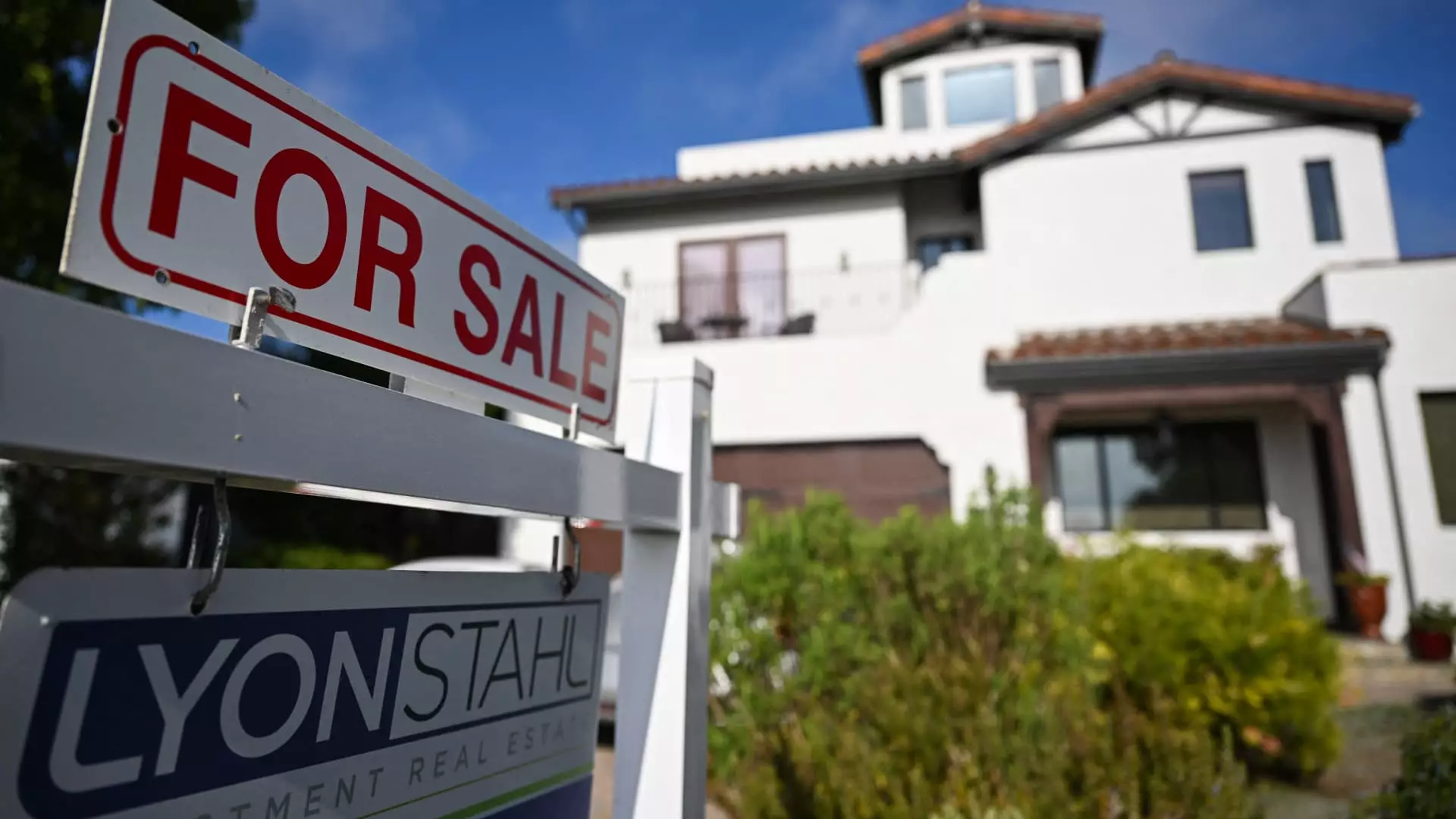The real estate market has been witnessing a significant shift in recent times. Though the supply of homes for sale is still lower than historical standards, it is quickly rising. According to a report from Realtor.com, active listings in August saw a 36% increase compared to the same month last year, marking the 10th consecutive month of annual growth. However, supply is still 26% lower than the pre-pandemic levels of August 2019. As inventory continues to grow, sellers seem to be more cautious. There were fewer new listings in August (-1%) compared to the previous year. This rise in supply can be attributed to homes sitting on the market for longer durations.
The evolving market dynamics are impacting buyer and seller behavior. With more homes available for sale, price cuts are becoming more common, asking prices are moderating, and homes are taking longer to sell. Danielle Hale, chief economist at Realtor.com, noted that while the widely anticipated Fed rate cut has led to lower mortgage rates, some buyers and sellers are waiting for further declines. This cautious approach is also reflected in weekly mortgage data, which shows a 4% decrease in loan applications for home purchases compared to the previous year, despite lower average mortgage rates.
While supply is increasing across most cities, certain regions are witnessing substantial gains in inventory. Tampa, Florida, saw its inventory surge by over 90% compared to a year ago, followed by San Diego (80%), Miami (72%), Seattle (69%), and Denver (67%). Regionally, active listings rose by 46% in the South, 35.7% in the West, 23.8% in the Midwest, and 15.1% in the Northeast. This surge in supply is leading to homes remaining on the market for longer periods.
The increase in supply and extended selling times are beginning to have an impact on pricing. The share of homes with price reductions rose to 19% in August, a 3 percentage point increase from the previous year. Additionally, the median list price decreased by 1.3% year over year. This decline in pricing can be partly attributed to the composition of homes entering the market, with smaller homes comprising a larger proportion of listings. Despite the decline, prices are still significantly higher than they were in August 2019, with a 36% increase.
The real estate market is in a state of transition, with rising inventory levels, shifting buyer and seller behavior, and evolving pricing dynamics. As more homes come onto the market and remain unsold for longer durations, we can expect to see further adjustments in pricing and market activity. It is essential for both buyers and sellers to stay informed about these changing market conditions to make informed decisions in the current real estate landscape.

